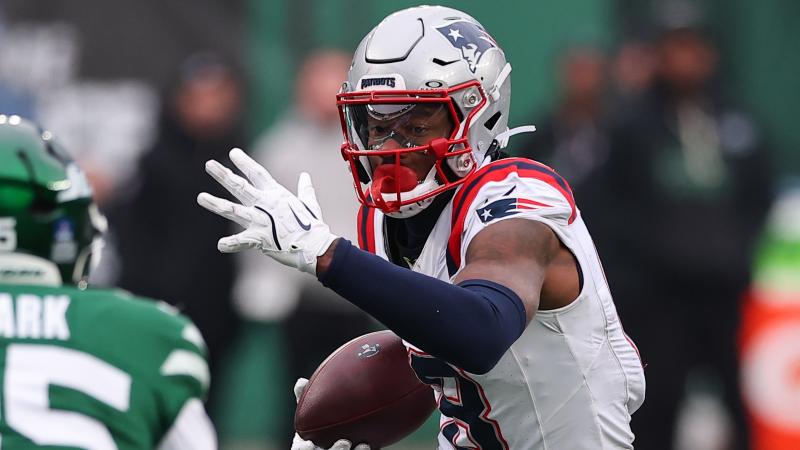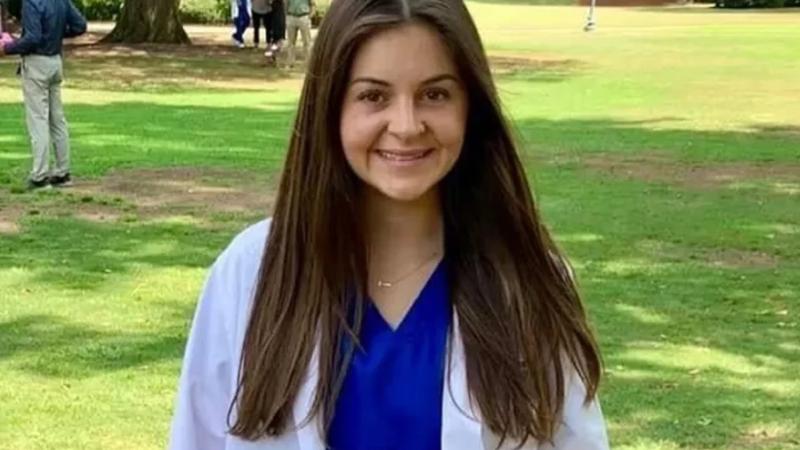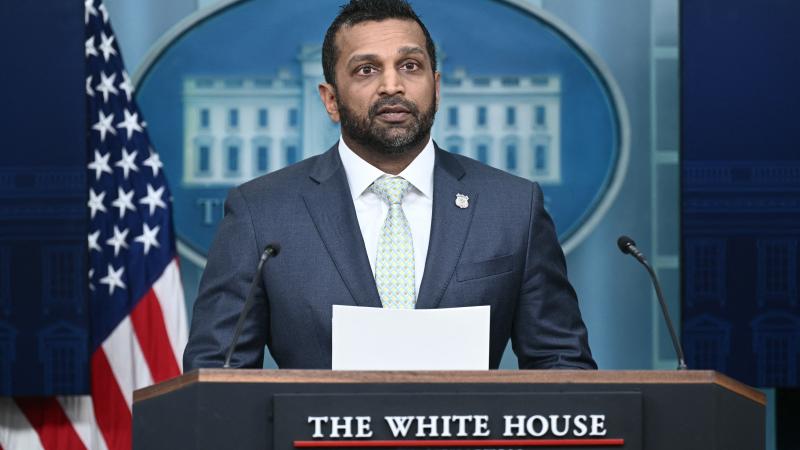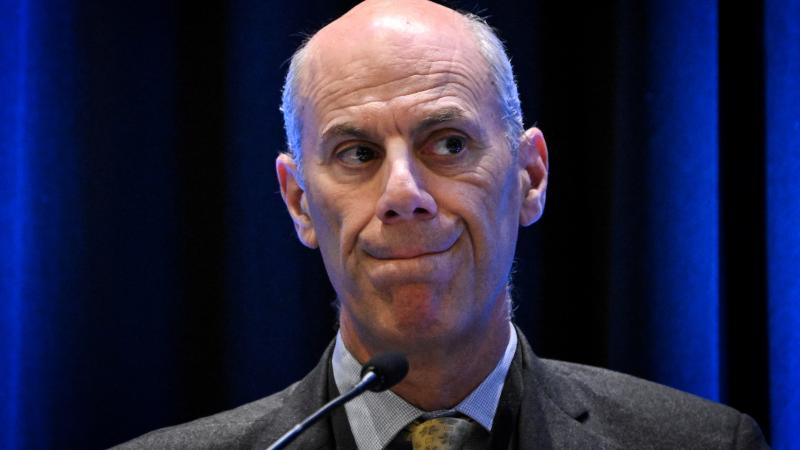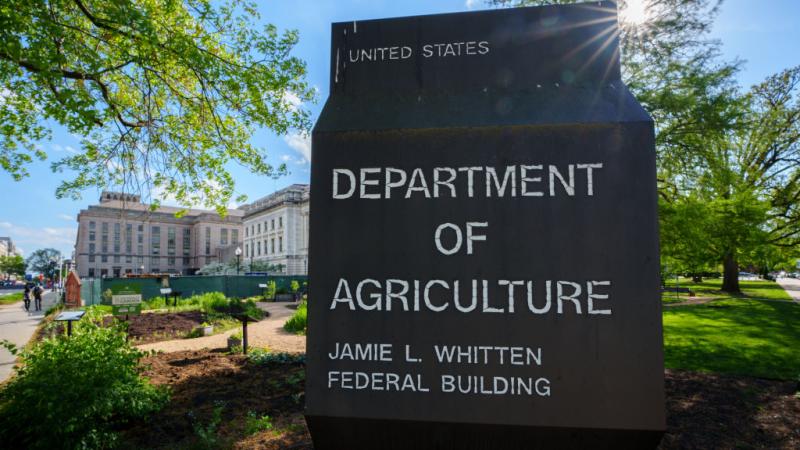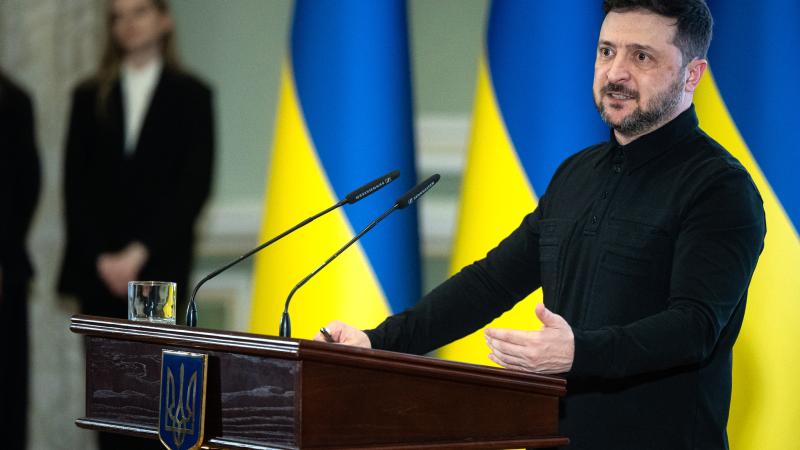Texas school shooting highlights pattern of disturbed youths, lack of security, timely intervention
Experts cite untreated mental illness, lack of behavioral intervention and lax school security as recurring failures in preventable school shootings.
The 18-year-old gunman who shot and killed 19 children and two adults at a Texas elementary school on Tuesday was "emotionally disturbed," and his disturbing behavior should have been flagged by school officials, according to a government-trained forensic profiler.
"This kid was isolated," said Dale Yeager, chief executive of SERAPH, Inc., which has worked with 30,000 schools on security issues over the last 25 years. "Where was the school psychologist, the school counselor, the assistant principal? How were they not monitoring his anti-social behavior?"
"There were numerous threats and indicators that [the shooter] was a problem, and no one seemed to do anything about it," added Yeager. "His parents were dysfunctional, and he was living with his grandmother. That's going to make a kid angry."
Texas authorities identified Salvador Ramos as the suspect in the mass shooting at Robb Elementary School in Uvalde, Texas. He was killed by police at the scene.
Ramos had no history with mental health issues, Texas Gov. Greg Abbott said Wednesday. However, the alleged shooter exhibited disturbing behavior leading up to the shooting.
Ramos's friend, Santos Valdez Jr., 18, said the two had been close, but then his friend's behavior began to "deteriorate," according to the Washington Post. Valdez recounted Ramos showing up to a park one time with scratch marks across his face, saying a cat attacked him.
"Then he told me the truth, that he'd cut up his face with knives over and over and over," Valdez told the Post, adding Ramos said he did it just "for fun."
An Instagram account identified as Ramos's contained photos of guns and selfies, some of which the account shared with another user who said Ramos was a stranger. Ramos also reportedly texted similar images of firearms to a former classmate.
The suspected gunman bought two semi-automatic rifles last week just after celebrating his 18th birthday. Then, according to a neighbor, he shot his 66-year-old grandmother during an argument on the morning of the shooting before jumping into a car and driving away. The grandmother is alive but in critical condition.
Ramos' mother, Adriana Reyes, struggled with drug use and kicked her troubled son out of her home, leading him to move in with his grandmother, according to reports. Following the school massacre, Reyes has insisted her son wasn't "violent" or a "monster" while admitting he could be "aggressive," which caused her to have an "uneasy feeling."
When Ramos arrived at the school on Tuesday and began shooting, he told a classroom of children that "it's time to die," according to a fourth-grader who survived the attack.
Multiple media outlets have reported that Ramos, who wasn't going to graduate Uvalde High School this year, was bullied in junior high for a speech impediment and withdrew socially.
Some people who knew Ramos described him as quiet, even a loner, but benign. Others said they noticed an aggressive streak and strange behavior, such as lashing out and sending inappropriate text and social media messages.
Despite Ramos' behavior, many voices didn't want to discuss mental health in the wake of Tuesday's tragedy in Texas — including on Capitol Hill.
"Spare me the bulls**t about mental illness," Sen. Chris Murphy (D-Conn.) said Tuesday in response to Republican efforts to focus on mental health in the wake of the shooting. "We don't have any more mental illness than any other country in the world. You cannot explain this through a prism of mental illness, because we don't — we're not an outlier on mental illness. We're an outlier when it comes to access to firearms and the ability of criminals and very sick people to get their hands on firearms. That's what makes America different."
However, experts say Ramos' mental and emotional state was an important factor that led to the massacre.
"There are mentally ill people and people who are emotionally disturbed," said Yeager, putting Ramos in the latter category. "Schizophrenics, autistic people are radically different than someone who is angry. Anger feeds resentment. Resentment feeds violence."
Yeager argued mass shooters are a "mix" of the mentally ill and the emotionally disturbed — the latter of whom "know what they're doing and why they're doing it" — but said most violent offenders aren't mentally ill or insane.
"That should scare people more," he said.
However, other experts said mass shooters are not just mentally ill but out of touch with reality.
"Mental health is a term that means a thousand things," said Dr. Ira Glick, professor emeritus of psychiatry and behavioral sciences at the Stanford University Medical Center. "These are sick people who need treatment. Don't think mental health. Think brain illness, diagnosable conditions that were untreated."
Glick explained that while mass shootings have been happening for years, no one had ever conducted a true scientific study on mass shooters until he and a few colleagues did so last year.
Glick's team studied 35 mass shooting cases that occurred in the U.S. between 1982 and 2019, analyzing a wide variety of sources to find that many mass shooters in America suffered from a mental illness that wasn't being treated when they committed their crime.
Specifically, 28 of the 35 had mental illness diagnoses. None of the 28 were medicated or received other treatment for their disorders prior to their crimes.
"Without losing sight of the larger perspective that most who are violent are not mentally ill, and most of the mentally ill are not violent, our message is that mental health providers, lawyers and the public should be made aware that some unmedicated patients do pose an increased risk of violence," Glick and his researchers wrote.
Glick added to Just the News that many of these people have "lost touch with reality" and families and schools must be aware of what's happening and get them treatment.
"This is about saving lives," he said.
A U.S. Secret Service analysis of how to prevent violent plots against schools similarly found that intervention by school, family, and the broader community is essential to save lives.
"Students display a variety of observable concerning behaviors as they escalate toward violence," the report stated. "When conducted properly, a threat assessment will involve providing robust interventions and support for students experiencing distress, thereby intervening with and de-escalating situations before they become violent."
The report, an analysis of 67 averted school attack plots, noted that in every case, "tragedy was averted by members of the community coming forward when they observed behaviors that elicited concern."
Both Glick and Yeager suggested that schools (and families) have been doing a poor job of intervening to stop the problem before mass shootings occur. For Yeager, this inaction is part of a larger issue: School mass shootings are entirely preventable, but people are focusing on the wrong areas.
The forensic profiler explained that firearms are an issue that can be discussed, but the real, chief problem is schools not taking certain steps to protect themselves. He cited several instances of recent high-profile mass shootings in which the targeted schools, including Robb Elementary, didn't implement necessary security measures.
He noted the Department of Education has been recommending for 20 years that schools have roving patrols every 30 minutes around the campus. He also cited technology schools can purchase — often with the help of federal grants — to improve security at the front door of schools so people can't just walk in.
On Thursday, Texas Department of Public Safety South Texas Regional Director Victor Escalon said Ramos was "not confronted by anybody" when he entered Robb Elementary on Tuesday.
Yeager laments that people don't ever want to hold the schools accountable because it's politically problematic to do so — and politically convenient to steer the conversation to other issues.
"This is preventable," he said. "This can be solved."

